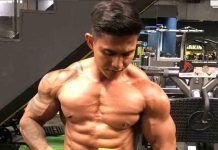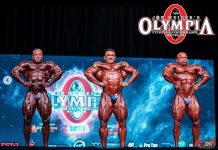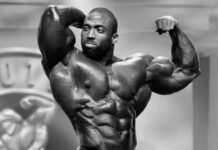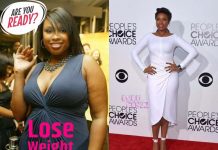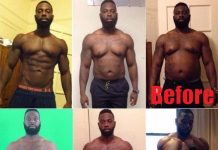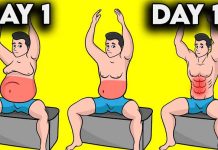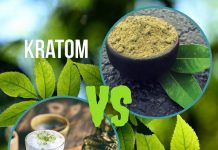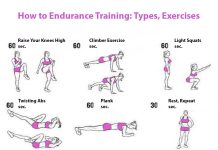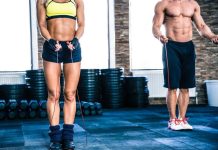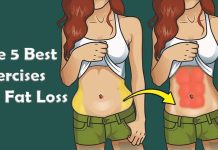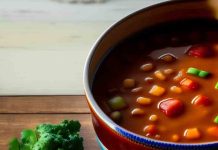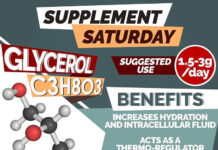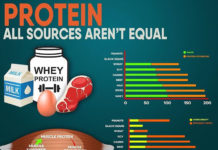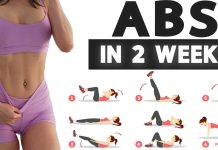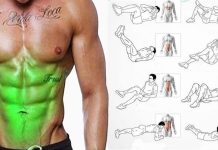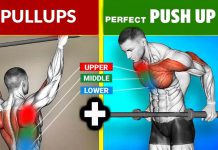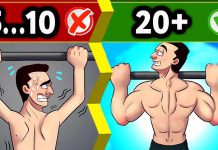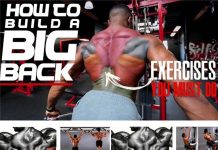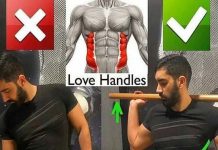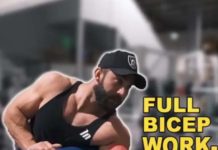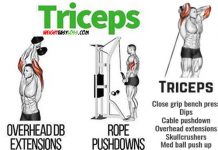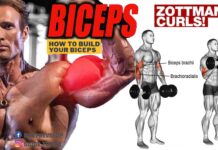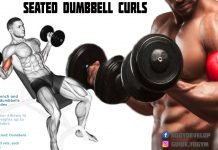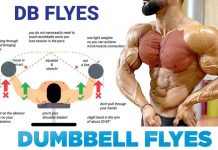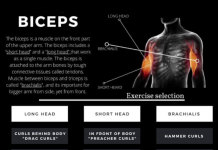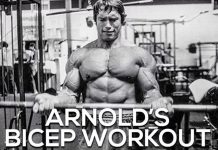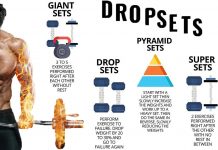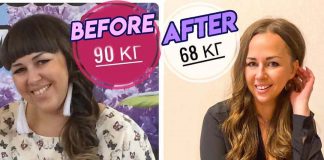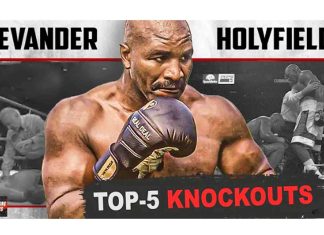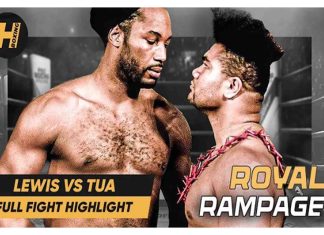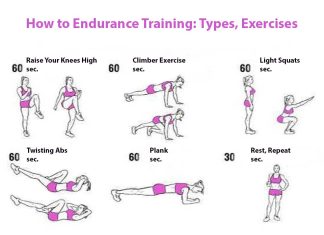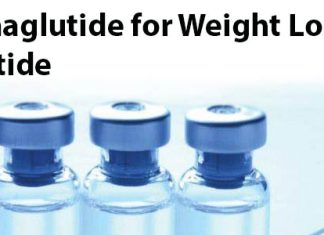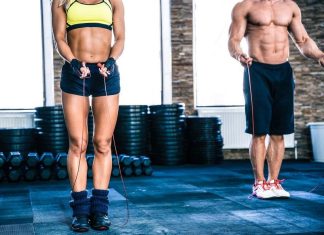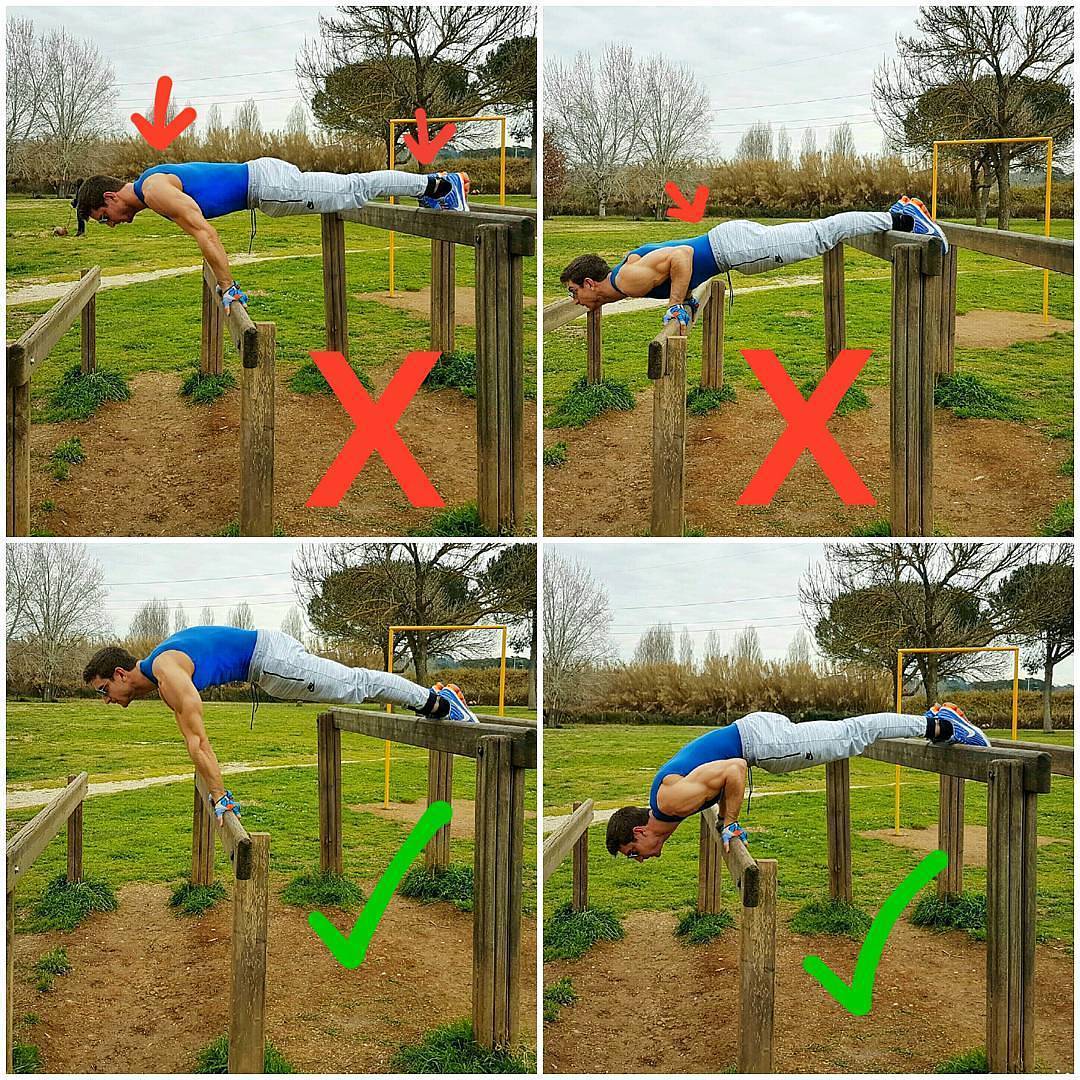🔥Most Effective Chest Exercises (According To Science)👇
✅ If you’re trying to build strong and well-defined chest without having any clue about the science behind chest exercises, as well as chest anatomy and function, good luck with that. ✅ Though you should be prepared to go through plenty of ineffective workouts and hit more training walls than you thought possible!

[wp_ad_camp_2]
💪 It’s no secret that the biceps and the chest are the two ‘favorite’ body parts of bodybuilding enthusiasts all over the world, often seen like the definitive symbols of masculinity and physical power. Let’s be honest – the average lifter will gladly neglect his calves, quads and posterior chain muscles to focus on building a gigantic chest! Although this is kind of wrong, it happens all the time and we get it.
✅ But if you’re a proud chest freak, you should at least learn how to train your chest in the most effective way by optimally activating all areas of it. Read all about it in the text below!

[wp_ad_camp_1]
🚨 The Basics
✅ To make noticeable gains, you need to get a clear picture of which movements involve the chest and how, so that you can choose the right exercises for complete chest growth. Here are the two major types of movements that involve your chest muscles and should be a staple of your chest training:
- Presses
Pressing movements are the backbone of any decent chest routine, since they allow you to hit your chest fibers from all angles possible. Compound presses include all the movements where you’re pushing a heavy load away from your upper body. - Flies
Flies involve horizontal adduction, a fancy term for drawing the arm across the body, which is a movement that targets the entire pectoralis major to a significant degree. As you separate your arms and extend them away from the body during the fly motion, your chest fibers are elongating and then contracting at the top of the motion as you bring your arms back in.
[wp_ad_camp_4]
🚨 All of your chest muscles and how to target them
✅ Your chest is a part of a larger group of “pushing muscles” found in your upper body, and as such it enables you to perform a variety of daily activities and functional movements at the gym. To fully develop this muscle group, you need to target it with relatively heavy weights and wisely chosen exercises. In the text below we’ll discuss each part of your chest and how to properly exercise it to inspire substantial growth.

1. 🚨 PECTORALIS MAJOR
✅ Being the chest muscle that most guys are mostly interested in developing, the pectoralis major is a celebrity muscle in its own right. This large, fan-shaped muscle originates at the clavicle, ribs and sternum, and inserts into the upper portion of your humerus (upper arm bone from elbow to shoulder), and its main job is to help flex the shoulder joint and move your arm toward and across your chest.
The pectoralis major is composed of three segments – the clavicular head, the sternal head and the abdominal head – which require different motions to be fully activated.
[wp_ad_camp_5]
As a whole (all heads working together), the pectoralis major assists adduction (lowering upper arm from side raise position to the midline of the body), medial rotation (rotating upper arm forward or inward to the midline of the body) and horizontal flexion (moving the upper arm from a side raise position to the front of the body).
🚨 Clavicular Head
✅ The clavicular head is located in the upper region of the chest and runs from the clavicle down and across the upper part of the chest before inserting at the humerus. In other words, it’s what bro’s at the gym refer to as the “upper pecs” – when properly developed, the clavicular head promotes optimal chest fullness and roundness.
✅ Unfortunately, this portion of the chest is the most underdeveloped and most bodybuilders find it very difficult to make it grow. Still, since the clavicular head originates from the clavicle, it is possible to effectively isolate it while the neighboring sternal head, which originates from the sternum, remains muted. Being close to the deltoid muscle, the clavicular head significantly contributes to flexion, horizontal adduction and inward rotation of the humerus, and is best engaged with exercises which involve shoulder flexion and movements that end with your elbows above your clavicle.
[wp_ad_camp_3]

2. 🚨 PECTORALIS MINOR
✅ This is a small, triangular muscle that lies deep underneath the pectoralis major. It originates from the anterior surface of the 3-5 ribs and inserts on the coracoid process of the scapula; its main functions are depression and downward rotation of the scapula. Luckily, you don’t need to perform any specific exercises to develop the pectoralis minor – most regular chest exercises will adequately stimulate it.
[wp_ad_camp_2]
3. 🚨 SERRATUS ANTERIOR
✅ The serratus anterior is a group of muscles that originates on the upper eight or nine ribs and inserts on the anterior part of the medial border of the scapula and some of its many functions include abduction and elevation of the scapula. Although it’s a very underrated muscle (some don’t even consider it a part of the chest area) and you’ll rarely hear someone say “I’m looking to isolate my serratus anterior”, adding a couple of exercises that emphasize this muscle group to your routine will work wonders for your aesthetics and shoulder health.
🚨 Optimal Rep Range
✅ According to scientific studies, muscle fiber composition of the chest is 60% fast-twitch and 40% slow-twitch fibers. Fast-twitch muscle fibers are used in explosive bursts of power, for example when working with heavy loads or during sprinting, while slow-twitch fibers enable long endurance feats such as high-rep sets with light loads or distance running.
Therefore, in order to achieve maximum gains, you need to utilize different rep ranges that will activate both types of muscle fibers: use heavy-load, low-rep training as your primary style but also throw in a couple of sets with lighter loads for more reps.



